A Year of Living (Less) Dangerously
Twelve months after COVID-19 lockdowns halted productions and spiked broadband demand, networks and distributors are getting creative in their attempts to return to a new normalcy
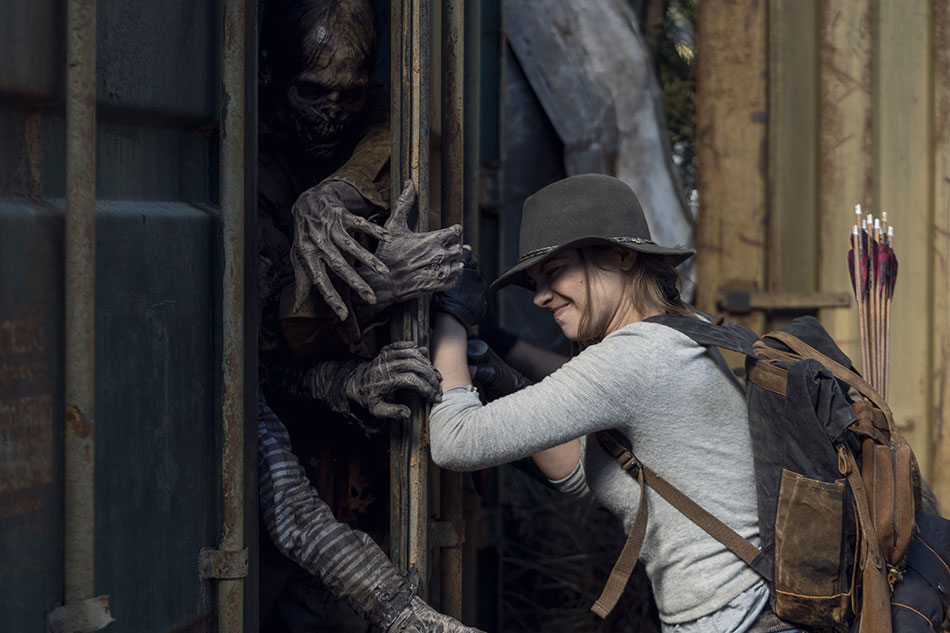
Sometimes art imitates life a little too closely.
For the hit AMC show The Walking Dead, the lockdowns, social distancing and related protocols associated with the COVID-19 outbreak, which is nearing its one-year anniversary, presented a particular challenge. How do you keep arguably the largest cast and crew in scripted series production safe while at the same time ensuring that new episodes of the still-popular show continue to be produced? For AMC Studios, the production arm of parent AMC Networks and the producer of The Walking Dead, it was a truly collaborative effort.
All across the television industry, distributors and programmers have walked the fine line between being able to get out their products, satisfy their audiences and customers and meet growing demand, all while keeping their employees safe. For cable operators and networks, that has meant adhering to Centers for Disease Control and Prevention (CDC) protocols and finding new ways to deliver products to consumers. For programmers, it has also meant in some cases finding ways to limit cast sizes and production crew exposures in unique ways.
The premise of The Walking Dead comes uncomfortably close to an all-too-familiar reality — a global pandemic of questionable origins causes widespread death leading to a zombie apocalypse and forcing the non-zombie survivors to find a safe haven. For the show, which finished its 10th season in 2020 and was headed into its 11th and final season later this year, the dilemma was how to keep the cameras rolling and the 250-person crew — including 22 actors — safe during a real-life pandemic. After some thought, executives, producers, showrunners and writers on the series came up with a unique solution, creating six episodes as an extension of its 10th season that would focus on specific characters and require smaller casts.

“Creative people are creative,” The Walking Dead executive producer and showrunner Angela Kang said in a Twitter video on making the extended 10th season. “If there is any superpower that we have as people that are making television or movies, is that we are supposed to think of out-of-the-box ways to do things. So I think you’ve really seen people stepping up to figure out how to make these processes possible at a really difficult time for everyone.”
AMC Networks chief operating officer Ed Carroll said the decision to produce the six extended episodes was made to keep people safe, but it also resulted in some of the best programming in the show’s decade-long run.
“Many of the best episodes of The Walking Dead are the ones that are based on character,” Carroll said in an interview, adding that the show wouldn’t have lasted as long if it relied only on the zombie scare. “You really need to care about the characters. … We were able to do that and get everyone back to work safely, and take a very big show and make the set quite a bit smaller, but I think creatively accomplish some of our best storytelling.”
Multichannel Newsletter
The smarter way to stay on top of the multichannel video marketplace. Sign up below.
Character-Driven Episodes
The first of those six episodes aired on Feb. 28, titled “Home Sweet Home” and focusing on Maggie Rhee, who left the series in season nine and is played by the returning Lauren Cohan. Other episodes are focused on Saviors’ leader Negan (Jeffrey Dean Morgan), Daryl (Norman Reedus) and Father Gabriel (Seth Gilliam).
COVID-19 protocols were the same on the TWD set as in all other AMC Studios productions — having an on-site epidemiologist; constantly testing and monitoring crew and actors for the virus; thoroughly cleaning before, during and after shooting; practicing social distancing; and essentially keeping people segmented. But in the six new episodes, the writers and producers crafted narratives that gave them the ability to use two different directors and shoot them in a sequence that kept one unit away from another.
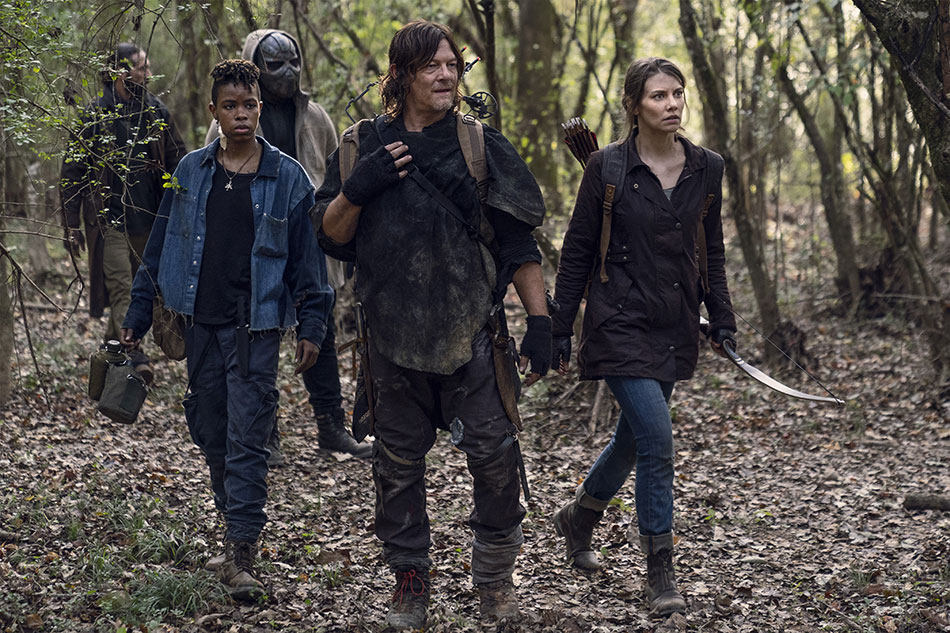
AMC Networks’ solution to the production halt spurred by the pandemic was to create six character-driven episodes in an extended season 10 of its hit series The Walking Dead, using smaller casts and crews.
Episode 1017: “Home Sweet Home”
Maggie (Lauren Cohan) has returned with a story she is not ready to share, even when her past catches up to her. The safety of Negan (Jeffrey Dean Morgan) is at stake again. Daryl (Norman Reedus) and Maggie fight an unseen and unknown threat.
Director: David Boyd
Writers: Kevin Deiboldt & Corey Reed
Episode 1018: “Find Me”
An adventure for Daryl and Carol (Melissa McBride) turns sideways when they come across an old cabin. It takes Daryl back to the years when he left the group after Rick disappeared as he relives a time that only the apocalypse could manifest.
Director: David Boyd
Writer: Nicole Mirante-Matthews
Episode 1019: “One More”
Gabriel (Seth Gilliam) and Aaron (Ross Marquand) search for food and supplies to bring back to Alexandria. Small tragedies lead to bigger tragedies as faith is broken and optimism is fragmented when they are put to the ultimate test.
Director: Laura Belsey
Writers: Erik Mountain & Jim Barnes
Episode 1020: “Splinter”
Eugene (Josh McDermitt), Ezekiel (Khary Payton), Yumiko (Eleanor Matsuura), and Princess (Paola Lázaro) are captured and separated. Princess struggles with memories of her traumatic past and tries to escape one way or another with the help of Ezekiel.
Director: Laura Belsey
Writers: Julia Ruchman & Vivian Tse
Episode 1021: “Diverged”
Daryl and Carol come to a fork in the road and head their separate ways. With each going into their own type of survival mode, the easiest of challenges become much harder. Will their individual journeys be the tipping point needed to mend their friendship, or is the distance between them permanent?
Director: David Boyd | Writer: Heather Bellson
EPISODE 1022: “Here’s Negan”
Carol takes Negan on a journey, hoping to minimize the increasing tension. Negan reflects on the events that led him to this point and comes to a conclusion about his future.
Director: Laura Belsey
Writer: David Leslie Johnson-McGoldrick
“What you have to do is rethink the entire operation, so your actors are only with the actors they need to be in a scene with and the crew is only coming into direct contact with other crew members that are essential to do their job,” Carroll said. “You’re minimizing the number of people on an active set, and I include network executives in that. We would normally be making set visits for all sorts of reasons. We’re just not doing that. We’re having our interaction with the cast and crew via Zoom or Teams. When you take a big show that is a multifaceted compilation and you reduce it as best you can, you break off small segments of the operation and keep them as discrete as possible.”
The Walking Dead was unique in that it lent itself to character studies. Other series on the AMC slate won’t likely go the same route.
“As we’ve all gotten better at the protocols, we think we can go back to a larger canvas of storytelling for season 11 and certainly for our other shows as well,” Carroll said. “Ideally, if you think about years from now, if people are catching up on a show, you wouldn’t want them to be able to say, ‘Oh, those must have been the COVID episodes,’ because they look and feel different.”
AMC Studios is getting back into its production stride, Carroll added. Better Call Saul was expected to start production on its final season in early March, and season 11 of The Walking Dead is in production in Georgia. Prequel Fear the Walking Dead started production earlier near Austin, Texas, although there were some delays because of the frigid weather in that state.
AMC also is more than halfway through shooting the premiere eight-episode season of Kevin Can F**k Himself, and is starting production on the second season of Walking Dead: World Beyond. Later this month, production starts on 61st Street, a criminal-justice series based in Chicago. Production for many of WE tv’s reality programs has been ongoing, either via Zoom or other means.
Other Production Restarts
Many other content companies have resumed production in one form or another, including Fox Entertainment, which said it is adjusting and adapting for the “new normal” when it returns, with all scripted series — 9-1-1, 9-1-1 Lone Star, Prodigal Son, The Resident and Last Man Standing — in production.
In addition, all of the studio’s pilots that were ordered last year have been in production and are scheduled to deliver in mid-to-late March, including comedy This Country from Jenny Bicks and Paul Feig, based on the BAFTA-winning BBC format, for 2021-22. Fox Entertainment is also creating new pathways for projects, including opening writers’ rooms for two dramas with an eye toward series orders: Our Kind of People, a co-production with 20th Television, based on the acclaimed novel, from executive producers Lee Daniels and Karin Gist; and an untitled music drama.
Fox Entertainment added that its animation efforts, including its in-house studio Bento Box, which produced The Great North, Bob’s Burgers, Duncanville and upcoming series Housebroken, has been largely unaffected by the pandemic. Bento Box has added new crew members since the pandemic began and also will produce an untitled Dan Harmon animated comedy scheduled to premiere in 2022.
It was about a year ago, March 11, 2020, that the World Health Organization called the COVID-19 outbreak a pandemic, with the first statewide stay-at-home orders issued shortly thereafter. To date, the pandemic has claimed more than 2.5 million lives globally (including more than 500,000 in the U.S.), forced millions of people to work or go to school from their homes and impacted nearly every aspect of everyday life. While hopes have been heightened by the slow but increasingly steady rollout of COVID-19 vaccines and the deceleration of cases in the U.S. and elsewhere, for the TV industry it is anything but business as usual.
For starters, the pandemic is far from over, even as there appears to be some light at the end of the tunnel. While the number of daily cases was down in the U.S. in January and early February, according to the Center for Disease Control, it began to tick up toward the end of the month. According to reports, there were 77,804 new COVID-19 cases in the U.S. as of Feb. 25, up from 55,195 as of Feb. 21. That number started to trend down again — there were 50,925 cases on Feb. 28, down 26% in the past two weeks, with 1,129 new deaths, down 21%. New strains of the virus were found in Houston and other parts of the country, but as vaccinations increase and funding for more widespread deployment is baked into the $1.9 trillion federal COVID-19 relief bill currently before the Senate, optimism that cases will continue their steady decline is high.
Stay-at-home orders, implemented to halt the spread of the virus, also helped drive cable broadband subscriber growth to record highs, as the top three publicly traded cable operators added more than 4 million high-speed internet customers in 2020. While that level of growth isn’t expected this year, many operators are looking how to address the market as more consumers return to the office.
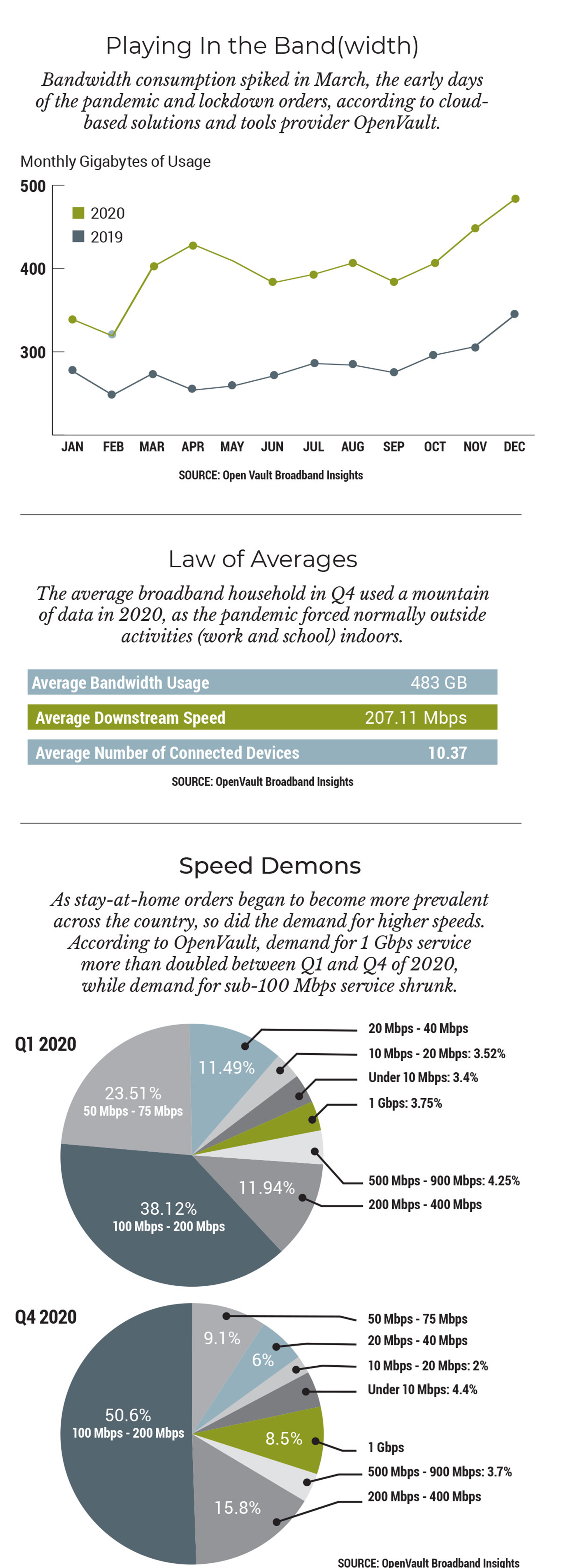
At Mediacom Communications, the focus has been on making higher speeds available to its customers. Broadband speeds of 1 gigabit per second are now accessible in all of its markets, and the payoff has been strong.
The need for speed has been evident at the company. Mediacom reported a threefold increase in 1 Gbps customers year-over-year, and said 14.6% of its broadband subscribers take the 1 Gbps tier. That compares to about an 8.5% take rate for 1 Gbps service on average nationwide, according to OpenVault Broadband Insights.
While most operators aren’t expecting the same broadband growth this year, some are looking closely at how their customers’ work habits could change. Some anticipate a hybrid approach between office and home will become more of the norm.
“As things start to open up, we see customers that will still work from home permanently or on a hybrid basis and will continue to want to have a better connection that can give them that comfort that they can get their work done,” Mediacom senior VP customer service and financial operations Tapan Dandnaik said.
To that extent, Mediacom has raised speeds for some levels of service and boosted usage allowances. The current usage allowance levels are 1, 2 and 6 Terabytes for its 100 megabits per second, 300 Mbps and 1 Gbps tiers.
“We want customers to get the best speeds and the best service and make sure what we have for the customers is the appropriate service at the appropriate price point, so there is value in what we’re offering,” Dandnaik said.
Charter Communications added more than 2 million broadband customers in 2020. While the No. 2 U.S. cable operator did see some customers migrate to higher speeds, chief operating officer John Bickham said that for the most part, subscribers found they could do a lot with less. Charter raised minimum speeds in most of its markets to 200 Mbps last year, and offers 400 Mbps and 1 Gbps service as well. Bickham said there are a few markets where 100 Mbps is still the minimum.
“We saw some upgrading,” Bickham said. “But fundamentally, if you have a 100 Mbps level of service in your home and it’s solid, there is hardly anything you can do that requires more speed. ... If people want a high level of speed, we’ll sell it to them.”
Cable operators across the board moved to incentivize workers that had to remain in the field, either through bonuses or other means. Charter pledged to raise the minimum wage it paid hourly workers to $20 per hour by 2022, and said it is well on the way toward that goal.
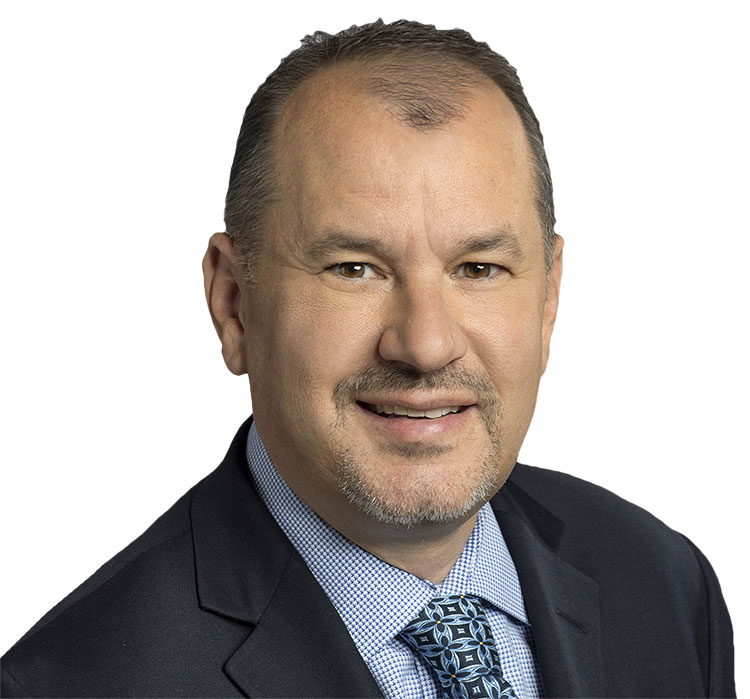
Charter also has teamed up with healthcare company Matrix Medical to vaccinate employees who want it on-site. According to executive VP, human resources Paul Marchand, the plan is to establish 50 to 60 megasites at Charter facilities across the country, working with local and state health departments to secure dosages and vaccinate employees that request it.
Marchand added the company realizes that employees do and will have alternatives to get the vaccine — some are already getting it if they qualify — and that is OK, too. But he added that vaccines are expected to become more widely available in the coming weeks and Charter wanted to be prepared.
“I can envision in the next four to six weeks on-site, maybe starting in one or two locations and building over time, we will be able to provide shots to our employees,” Marchand said.
The pandemic accelerated cable’s long-desired plans to move toward self-installation. Comcast claims that more than two-thirds of its total installations are done by the customer. At Charter, self-installs are at about 80%. That pace is likely to continue.
“Don’t undersell self-installation,” MoffettNathanson principal and senior analyst Craig Moffett said. “It’s here to stay, and the MSOs will only get better and better at it.”
Remote Control
While all the emphasis has been on the general public working from home, most cable employees had to perform their tasks remotely and have performed amazingly well under the circumstances. For some workers — especially customer-service representatives — remote work could be permanent.
“Work-at-home CSRs are a game-changer, particularly if we go back to having a tight labor market like we had pre-pandemic,” Moffett said. “Among the biggest costs in running call centers are recruiting and training new employees, and one of the biggest reasons for turnover in call centers is lack of childcare. The ability to have CSRs working from home is transformational.”
At Mediacom Communications, about 95% of CSRs work remotely, Dandnaik said. But he added that anything could change.
“The thing is, we’re in March and if you asked me the same question in June, I hope to be able to say we have some kind of rotation,” Dandnaik said. “I think things are evolving. At some point in the future, I don’t know when, we will come up with the ideal hybrid approach to make sure we are adjusting to the new normal.”
Mediacom will be flexible with its employees and take their personal situations into consideration, he added.
“We operate in 22 markets,” Dandnaik said. Where our call centers are, we have 10 or 12 locations. Every market is different and every situation is local.”
Bickham said he expects the return to normalcy will most likely happen at a gradual pace.
“I think it goes away very slowly in terms of the impact on how people behave and where they work and how they go to school,” Bickham said. “It happens over an extended period of time. It’s not going to be like it was a year ago, when everyone went home and all of a sudden you had this very dramatic change.”
Comcast chairman and CEO Brian Roberts, in a January conference call with analysts to discuss fourth-quarter results, said moving customer-care workers from offices to work from their homes has worked so well, the company is “leaning towards embracing this model permanently.” In 2020, agent-handled calls were reduced by more than 16 million, Roberts said.
“We are working hard with our communications and marketing efforts to enhance awareness of all we have to offer, which enables us to take cost out of the business while delivering a better experience for our customers,” Roberts continued.
More than half of Charter’s CSRs are working remotely, but the hope is that once the pandemic subsidies, more will be able to return to the office.
Although Charter came under some criticism for its approach during the early days of the pandemic, Marchand said the priority has always been to adhere to CDC standards, as well as the varying standards by state. And while Charter is complying with all federal and state requirements, once the pandemic is over, it would like to get as back to normal as possible.
Weighing an Office Return
Charter has in some cases started a scheduled approach, where some workers would work one week in the office, some two weeks remotely and so on. While there will always be exceptions, he said, overall the company would like to get back to a place where most workers are in the office.
“In the end, we think work is best done when we are together in person,” Marchand said. “We think collaborating, innovating, leading training, on-boarding all is best done, is most efficient, effective and rewarding and frankly, the best employee experience, when we’re all together. That doesn’t mean some situations don’t necessitate some people working remotely, and that in the future we may continue to have that.”
AMC’s Carroll said he too misses the days when most of the team was at the office. While there have been some benefits to working remotely — Zoom meetings, he said, can sometimes run more efficiently than in-person ones — he said personal interaction is important on both sides of the business.
“On the client side, we do miss the client contact,” Carroll said. “We are doing it remotely, and that seems to be OK, but
you don’t find out as much about what’s happening with your clients on a 30-minute Zoom call as you do over lunch.”
While some programmers and operators may crave a return to in-person meetings, the pandemic may have dealt the final blow to large conventions.
The shift from huge trade shows to smaller, regional and local confabs had already been happening years before anyone had even heard of COVID-19, primarily due to massive industry consolidation. In 2017, NCTA–The Internet and Cable Television Association, ended its annual cable show, INTX, after 65 years. In a blog post at the time about the decision, NCTA president and CEO Michael Powell wrote: “Large trade show floors, dotted with exhibit booths and stilted schedules, have become an anachronism.”
But Moffett said the ultimate demise of the large cable convention shouldn’t be blamed on COVID. “There’s no need for a big centralized show if the alternative is making one visit to Philly, one to Stamford, one to Atlanta and one to Denver, and then calling it a day,” he said.
Other more regional shows managed to survive, even through the pandemic. ACA Connects and the National Cable Television Cooperative held their annual get-together, The Independent Show Reimagined, virtually Sept. 29-Oct. 1, 2020, and said the event had a record 848 registered participants. Plans are to hold a hybrid event July 11-14 in Minneapolis.
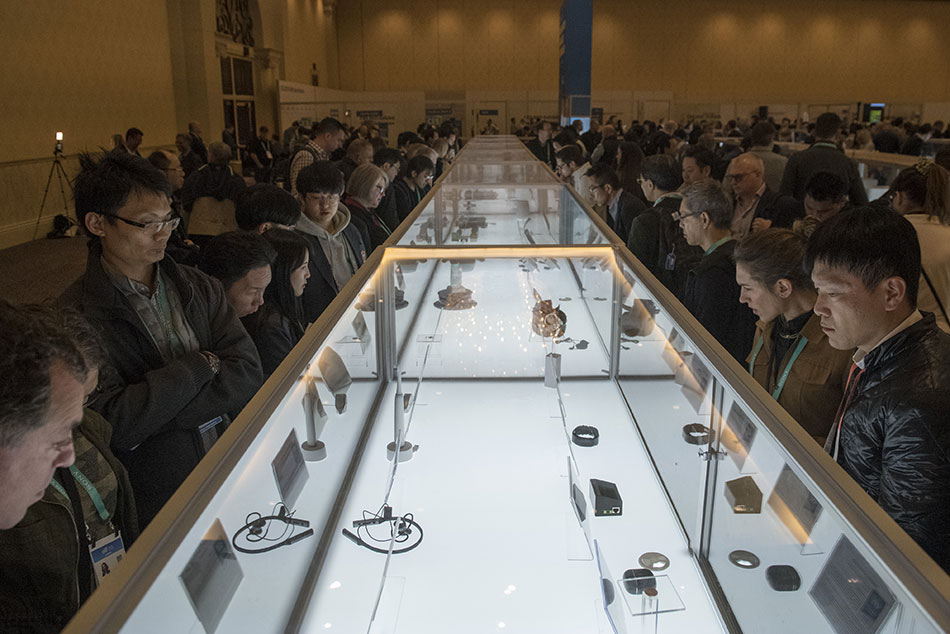
But larger shows like CES, which was held virtually Jan. 11-14, drawing about 81,000 attendees (down from 170,000 in 2020) — have come under more intense scrutiny. In 2022, the CES event is expected to be a hybrid live and online event.
The Consumer Technology Association, which produces CES, declined comment.
It may be too early to predict the long-term effect on events, NCTA senior VP of strategic communications Brian Dietz said. He noted that smaller or more-focused conferences like the Society of Cable Telecommunications Engineers-International Society of Broadband Experts (SCTE-ISBE) Cable-Tec Expo, the Women in Cable Telecommunications (WICT) Leadership Conference and National Association for Multi-Ethnicity in Communications (NAMIC) conference were still very strong.
Virtual Events Draw Crowds
Attendance at the virtual SCTE-ISBE Cable-Tec Expo 2020 broke records, according to the group. WICT said registered attendance at its virtual 2020 Leadership conference was 860, besting the previous mark set in 2018 of 818 attendees. NAMIC said attendance for its virtual 34th Annual Conference was up 40% over the prior year.
The SCTE plans to hold its next Cable-Tec Expo in Atlanta in October, the same month as the WICT Leadership Conference is scheduled for New York. The 35th annual NAMIC Conference is scheduled for Oct. 5-6 in New York.
The consumer-focused San Diego Comic-Con, used by TV programmers as a showcase for their newest offerings, also postponed the live event set for July 23-25 to 2022. Organizers said they will hold a virtual event this year, as well as a potential smaller live event in November.
But the jury is still out for larger conferences.
“I think it will be more interesting to see what happens with conferences like CES in which 150,000-plus gather in tight quarters for a week,” Dietz said. “That concept certainly seems to be more at risk because we are all now so much more educated about public health safety and how germs can spread rapidly.”
Whether big changes come and stick is about as uncertain as predicting when the pandemic will eventually peter out. But it is obvious that after a year (and counting) of relative isolation and disruption to the normal way of doing business, something has to give. Whatever it is, hopefully it will lead to a year ahead of living a bit less dangerously.
Mike Farrell is senior content producer, finance for Multichannel News/B+C, covering finance, operations and M&A at cable operators and networks across the industry. He joined Multichannel News in September 1998 and has written about major deals and top players in the business ever since. He also writes the On The Money blog, offering deeper dives into a wide variety of topics including, retransmission consent, regional sports networks,and streaming video. In 2015 he won the Jesse H. Neal Award for Best Profile, an in-depth look at the Syfy Network’s Sharknado franchise and its impact on the industry.

